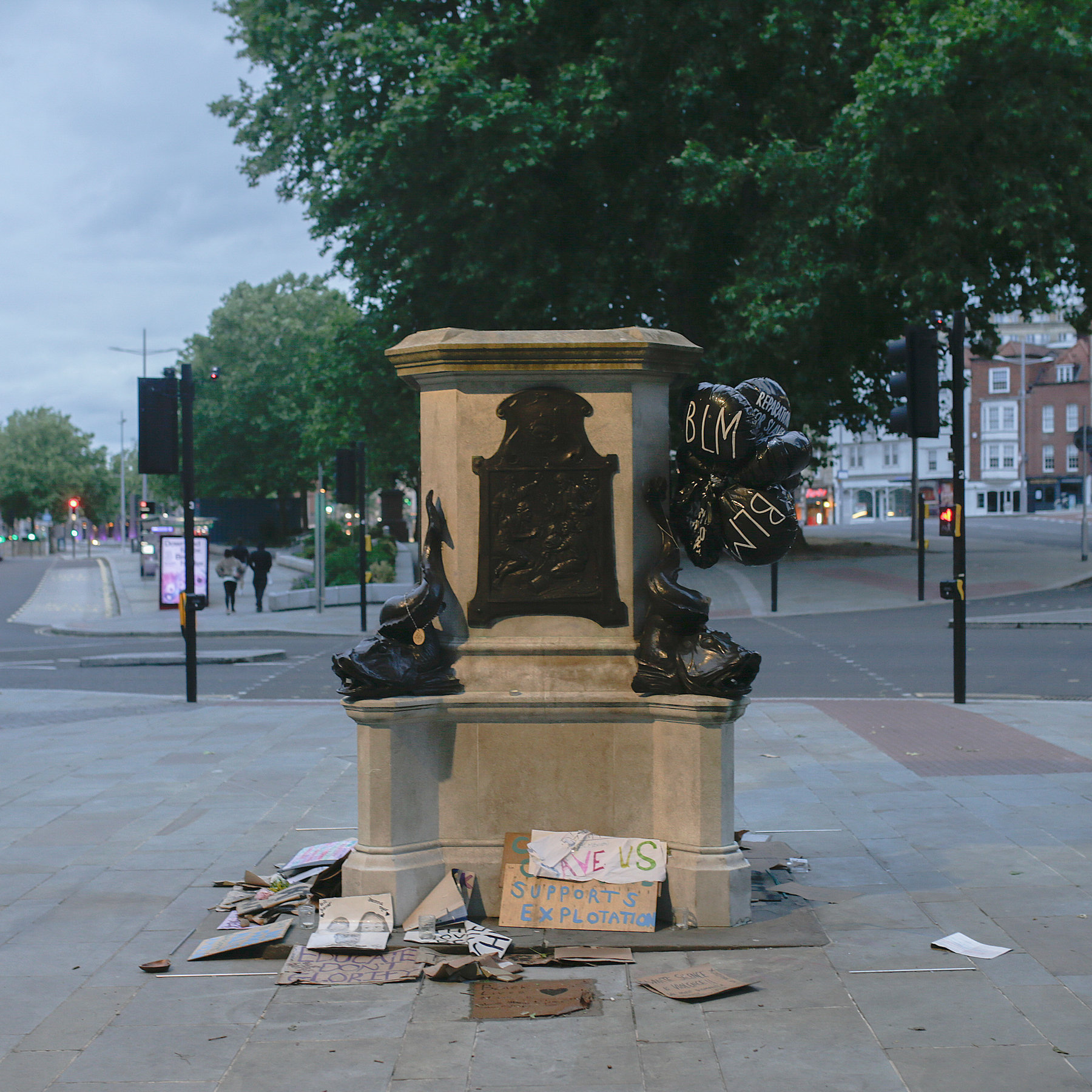The recent Black Lives Matter protests have sparked widespread debate about many aspects of our society, from policing to intersectionality. But following the toppling of the Edward Colston statue in Bristol, much of the discussion focused on history. Specifically, the crimes of the British empire and our active role in facilitating and operating the Atlantic slave trade.
I will not get into statues right now, but as an MA History student, I can tell you that not one of my lecturers ever hauled a 6-foot bronze replica of Churchill in for a 9am. Instead, let’s talk about museums.
During the debate over the Colston statue, many came to the compromise that it should be taken off the streets and placed in a museum, in order to prevent the “erasure of British history”. After its quick dip in the docks, the Bristol city museum is where the statue will eventually end up, graffiti and all.
This compromise, however, operated on a couple of assumptions about the role of museums and how they can teach us history and spark conversations. Museums present us with stories. They can alter our perception of the world through objects and descriptions, but they are not neutral spaces of learning. Much like statues, the setting of a museum, its past presentation of history, and our prior knowledge also play a large part in shaping how we interpret the story it is presenting us with.
One significant example is the British Museum. It has long been used to house “spoils of war” from British colonial crimes presented as glorious military victories. It’s being situated in Britain and our recognition of this past means that curators have a difficult time in altering this glorious victory story that it presents us with, even with plaques and descriptions of items.
Another difficulty faced by museums, particularly those in Britain, is how to decolonise their spaces while continuing to accurately portray the British Empire and spark meaningful conversations about our past. Many of the artefacts that we use to depict the history of colonised countries and our role in exploiting and controlling them are items that were taken by force, many of which had great significance to the peoples who created them.
Some may argue that artefacts stolen from ex-colonies ought to be kept in British museums with plaques and descriptions which accurately depict how they were taken. These should also depict the crimes committed against colonised peoples which resulted in a particular artefact from a particular country coming to be in a British museum in the first place.
On the other hand, by displaying stolen artefacts, many of which were criminally looted or claimed through violence, even with accurate descriptions, museums are still presenting what could be interpreted as a story of British victory. These spaces would continue to be colonised, which could also be triggering for visitors with the same heritage as that particular artefact.
If we aim to decolonise our historical spaces, then artefacts will need to be restored to their countries of origin. Believing that British museums have the right to keep stolen artefacts is yet another example of how imperialism and white supremacy continues to impact our perception of the world.
Even extending the offer to pay for stolen artefacts suggests to countries of origin that we have some claim to ownership of such artefacts. When really, as the wronged party, the country of origin of a stolen artefact should have the right to choose whether to have it returned or accept a settlement.
However, by returning these artefacts and failing to find an adequate replacement for our depiction of the British empire, future generations may fail to have meaningful discussions about what the empire stole from so many. Museums now have the daunting duty to imagine ways to more accurately portray the story of the British empire and its crimes through artefacts. Which, in of itself, will be a very important conversation for us to have.
Image Credit: New York Times

